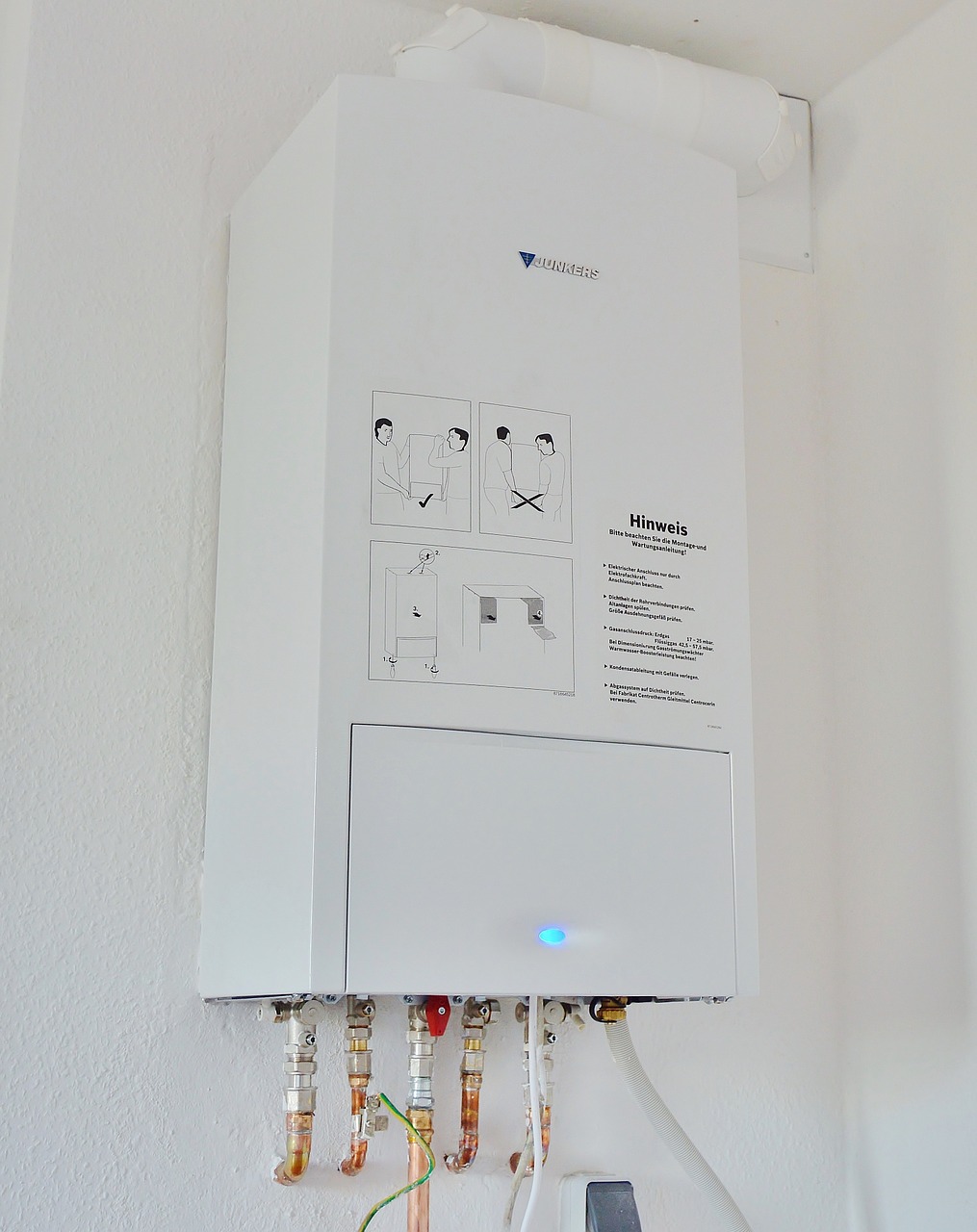Nothing is more enjoyable than having a hot shower to freshen you up and help you relax. But your shower moments can be frustrating when your water heater is faulty. Imagine an ice burst of water flushing on your body when you least expect it. If you have experienced this, it is a sign that your water heater needs your attention.
Water heaters can work perfectly for a long time- at least eight years after installation. Therefore, it is easy to overlook its maintenance. Regular water heater maintenance- preferably annually- helps prolong your tank’s lifespan and increase its safety and efficiency.
But then, how much is water heater installation and maintenance? Here are some cheap water heater installation and maintenance services.
Know the Type of Water Heater You Own
When considering water heater installation in your home, ensure you know what type it is. It will help you to understand the fuel type or energy source you will use, their cost, and if they are readily available. Fuel type and energy sources include fuel oil, electricity, solar energy, natural gas, propane, and geothermal energy.
Knowing your water heater type will also enable you to gauge its lifespan and its capacity – will it be able to meet the needs of your home?
If your home already has a water heater installed, check its warranty information and malfunctions before it surpasses.
Should your water heater malfunction, your water heater technician will require all this information to help him find an effective solution.
The five main types of water heaters include conventional, tankless, heat pump, solar, and condensing.
Locate the Water Heater
During water heater installation, leave some room preferably two feet. This will help prevent collisions with anything that might cause damage to the heater. Ample space also guarantees proper servicing of the water heater while giving room for maintenance and ventilation.
Ideally, have your water heater installed near your highest-demand taps to avoid excessive heat loss through pipes. Less water travel distance ensures your water heater is more responsive and energy-efficient.
For solar water heaters, place them in unshaded areas with enough sun exposure. It will help maximise the amount of heat collected.
Depending on the design of your home and the type of your water heater, Glenco will help you locate the right place, install it for you and give your proper water heater maintenance services.
Inspect the Pressure Relief Valve
A pressure relief valve, called a TPR, is a special safety device that ensures your water heater tank maintains its temperature and pressure limits. Should your heater’s temperature or pressure exceed its safety levels, the TPR will not only release steam but also explode and release water automatically.
It’s best to inspect your TPR regularly- at least six months- to ensure its efficiency.
- Turn off the cold water and power supply valve.
- Place a bucket under the TPR valve to hold the excess water.
- Lift the valve tab to release some water out. If water continues to flow once you close the valve, contact a professional as the valve may need replacing.
Lower the Temperature
Constantly check your thermostat and lower your heater’s temperature for the following reasons:
- Reduces scalding: exposure to water exceeding 140 degrees might cause severe scalding.
- Water exceeding 120 degrees increases the accumulation of sediments which trigger corrosion, thus shortening your water heater’s lifespan.
- Water exceeding 120 degrees results in excessive heat loss.
To lower the temperature:
- Use a screwdriver to open the temperature dial on the tank.
- Adjust it to 120 degrees.
- If you are away from home, turn off the water heater or lower the thermostat to the lowest setting.
Flush Your Water Heater
All water heaters must be drained at least twice a year to flush out accumulated sediments and minerals.
High sediment and mineral accumulation causes an insulating barrier between the heating element and the water. This reduces your heater’s efficiency since the tank will absorb the heat, and water will not be as hot as it should be.
· Turn off your water heater’s heat source for an electric heater. For gas heaters, turn off the gas supply valve.
- Connect a water hose to the spigot- a drain fitting- at the bottom of the heater and route it to an appropriate drainage spot.
- Drain it.
- Restart your water heater.
Glenco is Here For You
At Glenco, we’ve got you covered. We have the best and most affordable water heater maintenance and installation services and electricians who will ensure your water proves the test of time. And also, your showers will never be freaky again! So what are you waiting for?
Don’t hesitate to book an appointment with us, we’d be happy to help.







